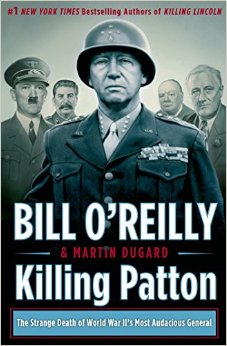 Killing Patton is a compelling tale of World War II’s greatest general: George S. Patton (1885 to 1945). The manuscript reads easily—almost as an adventure novel. We are propelled into the story as a participant as our intense empathy builds. Importantly, one does not have to have a keen knowledge of the War to follow Patton’s exploits. The authors lead us with guiding words that sets the perspective and the scene. I would suggest that Killing Patton is the superior of the other three “Killing” books they’ve written. It’s a must read.
Killing Patton is a compelling tale of World War II’s greatest general: George S. Patton (1885 to 1945). The manuscript reads easily—almost as an adventure novel. We are propelled into the story as a participant as our intense empathy builds. Importantly, one does not have to have a keen knowledge of the War to follow Patton’s exploits. The authors lead us with guiding words that sets the perspective and the scene. I would suggest that Killing Patton is the superior of the other three “Killing” books they’ve written. It’s a must read.
Patton was not a man of subtlety or tact: he was narcissistic, proud, boisterous, forthright, aggressive, disrespectful, stubborn, insubordinate, and the most successful American general of the war. His highly successful campaigns in North Africa, Sicily, and Western Europe are text-book examples of his motto, “Attack. Attack. Attack. And attack again.” A captured German officer told his American captors that, “General Patton is the most feared general on all fronts. The tactics of General Patton are daring and unpredictable.”
It was during the Battle of the Bulge (16 December 1944 to 25 January 1945) that exemplified the best, and perhaps the most, important example of Patton’s aggressive tactics. In late-December, he thrust his Third Army from southern France to Belgium to relieve the Battling Bastards of Bastogne—the men of the 101stAirborne Division and other elements that were fighting heroically to fend the German Wehrmact and SS Division that have this crucial town surrounded. It was freezing cold, snowing, and sometimes raining. Accordingly, there was no American air support. The inclement weather had slowed down Patton’s advance. He prayed to God and chided him, “I am beginning to wonder what’s going on in Your head. Whose side are You on anyway.”
Meantime at Bastogne: the American forces suffer many casualties, ammunition was low, and hope for relief was fading. German General. Lt. Gen.Heinrich Freiherr von Lüttwit sent a note to General Anthony McAulife demanding that he surrender. McAuliffe’s reply, “NUTS!” The weather cleared, and on 26 December, elements of the Third Army relieved Bastogne.
During the Battle of the Bulge, a German SS Division captured several hundred Americans near the town of Malmedy. The SS soldiers machine-gunned the Americas—only two soldiers escaped this massacre.
Patton speaks his mind and the aftermath be dammed. He offends his superiors: General Dwight Eisenhower, General Omar Bradley, President Harry Truman, and the British. He believes that Eisenhower is a fool, Bradly is ineffectual, and President Truman is gullible. Patton says, “Truman just doesn’t like me.” And Truman says, “Patton is a braggart who struts around like a peacock in his showy uniform, with polished helmet and bloused riding pants.” General Eisenhower tells President Truman that, “Patton is a mentally unbalanced officer, and suffers from bouts of dementia.” General Marshall orders that Patton’s telephones be tapped. The head of the Office of Strategic Services (OSS), William (Wild Bill) Donovan answered “Yes” to the question from a subordinate’s question, “Shall I kill him?” All the while, the Soviets are spying on Patton.
Patton has an abiding distrust of the Communists and the duplicitous Joseph Stalin and says so loudly and to anyone nearby. He states that after Germany surrenders, we should continue our war to defeat the Soviets. He makes deadly enemies on both sides of the conflict.
He escapes two attempts on his life. On 18 April 1945, while flying in an L-5 Sentinel aircraft, a Supermarine Spitfire (a British fighter) with Polish markings made two aggressive attacks. The L-5 pilot took desperate evasive tactics and pushes his aircraft close to the ground. The spitfire plows into the ground. Records indicate that no Polish spitfires were in the area on 18 April. The Soviet army does have several squadrons of Spitfires.
On 3 May, Patton is riding in an open air jeep. A German peasant’s ox cart with a sharpened pole extending in front of the cart slams into the jeep. The pole misses Patton by inches.
On 8 December, Patton is in the back seat of a sedan en route to a hunting trip. A large army truck smashes into the sedan head on. Patton suffers serious head injuries. He is taken to a hospital in Heidelberg. On 21 December Patton dies.
I do have some negatives. The authors spend too many words on numerous back stories that are only marginally relevant. For example, long discourses about Adolph Hitler and his activities inside his bunker: ditto re President Roosevelt, Joseph Stalin and the USSR, the Great Depression, Winston Churchill and the Parliament, William Donovan, excruciating details re the Auschwits-Birkenau Extermination Complex, Anne Frank and the Nuremburg trials of Nazi war criminals.
My greatest disappointment is that the authors skipped details of the German surrender. They should have described this monumental event in detail—the defeat of Germany was the central theme of their book—the raison d’être for this story of Patton. Perhaps they could have deleted some of the back-story text to make room for this scene.
Here are the highlights of the German surrender. On 7 May 1945, the Chief of Staff of the German Armed Forces High Command, General Alfred Jodel, on orders from Admiral Karl Donitz signs the unconditional surrender document. General Dwight Eisenhower signs for the United States of America. All German military activities cease on 8 May, (Victory in Europe Day, VE-Day).
 The saga continues re Malaysia Flight 370 that disappeared a year ago this past weekend. Notwithstanding the labor and equipment employed, not a scintilla of a clue of this aircraft or its 239 passengers and crew has been found. The search extended to the Asia mainland and in the Indian Ocean off the west coast of Australia. The investigation continues. Currently, three Dutch oceanographic ships are exploring the seas. Unfortunately, several large cyclones and particularly nasty weather has seriously hampered the search.
The saga continues re Malaysia Flight 370 that disappeared a year ago this past weekend. Notwithstanding the labor and equipment employed, not a scintilla of a clue of this aircraft or its 239 passengers and crew has been found. The search extended to the Asia mainland and in the Indian Ocean off the west coast of Australia. The investigation continues. Currently, three Dutch oceanographic ships are exploring the seas. Unfortunately, several large cyclones and particularly nasty weather has seriously hampered the search.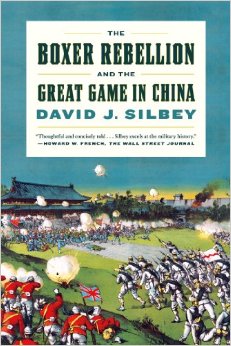 This treatise on the Boxer Rebellion of 1900 in Shantung Province in northern China and in Peking is exceptionally well researched and told. Silbey has written this book with keen understanding and the perceptive knack to engulf the audience deeply into his chronicle. Of what I know of the Boxer Rebellion, I would suggest that this book is the most comprehensive and accurate of all other popular histories. Of note, he engages us in the big pictures and leads us skillfully into minute details of individual exploits and heroism.
This treatise on the Boxer Rebellion of 1900 in Shantung Province in northern China and in Peking is exceptionally well researched and told. Silbey has written this book with keen understanding and the perceptive knack to engulf the audience deeply into his chronicle. Of what I know of the Boxer Rebellion, I would suggest that this book is the most comprehensive and accurate of all other popular histories. Of note, he engages us in the big pictures and leads us skillfully into minute details of individual exploits and heroism.

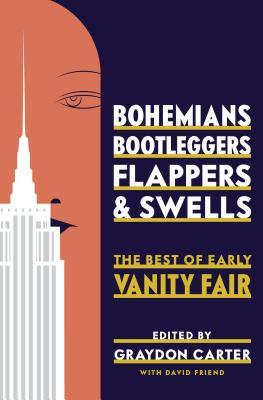
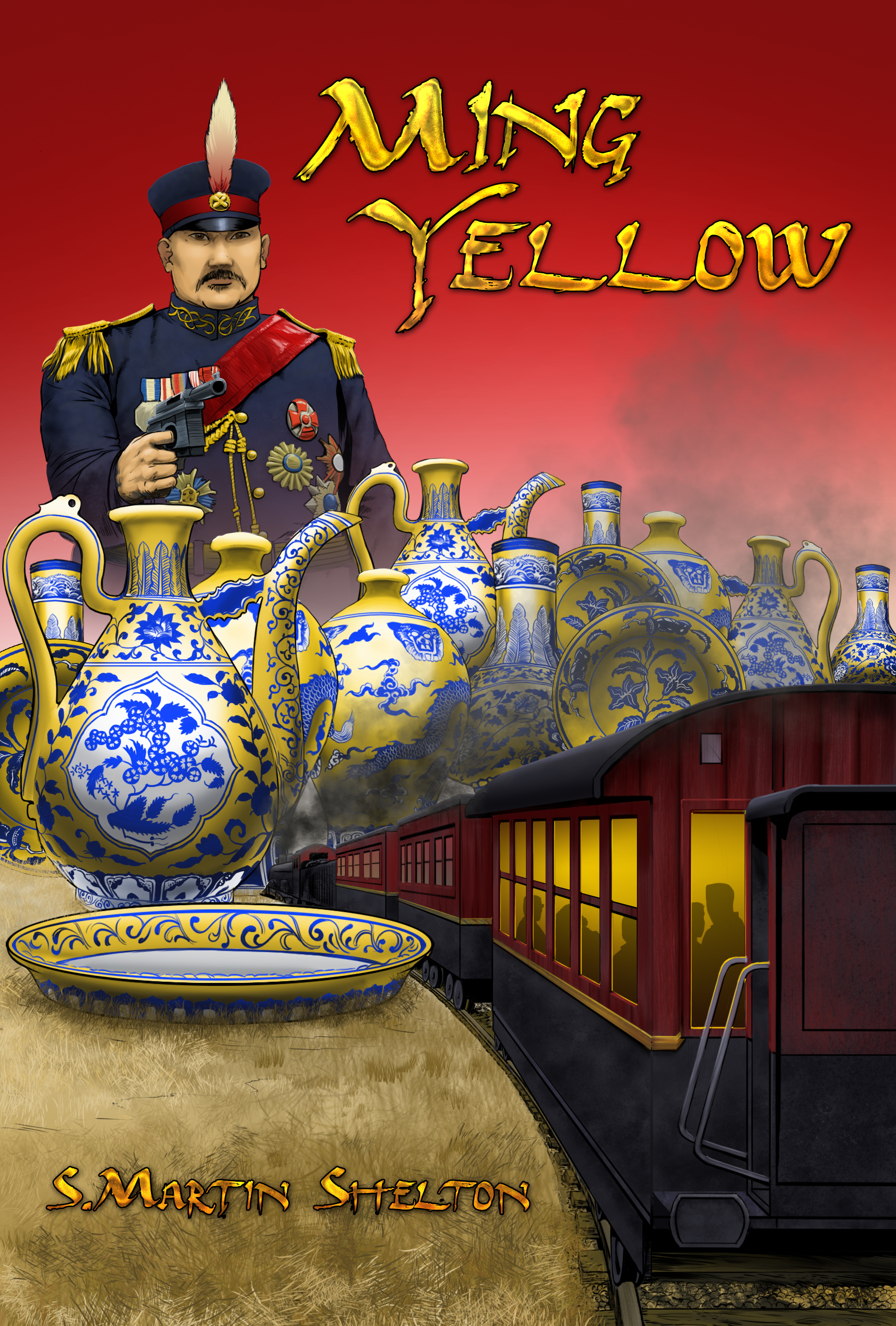
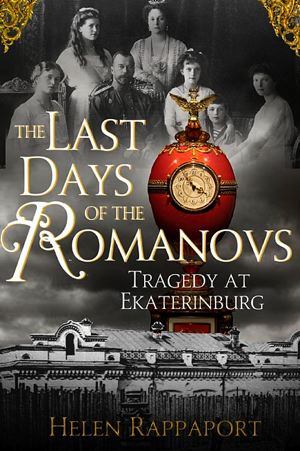



![Furgo Equator]](http://blog.sheltoncomm.com/wp-content/uploads/2014/10/furgo-equator.jpg?w=300)
